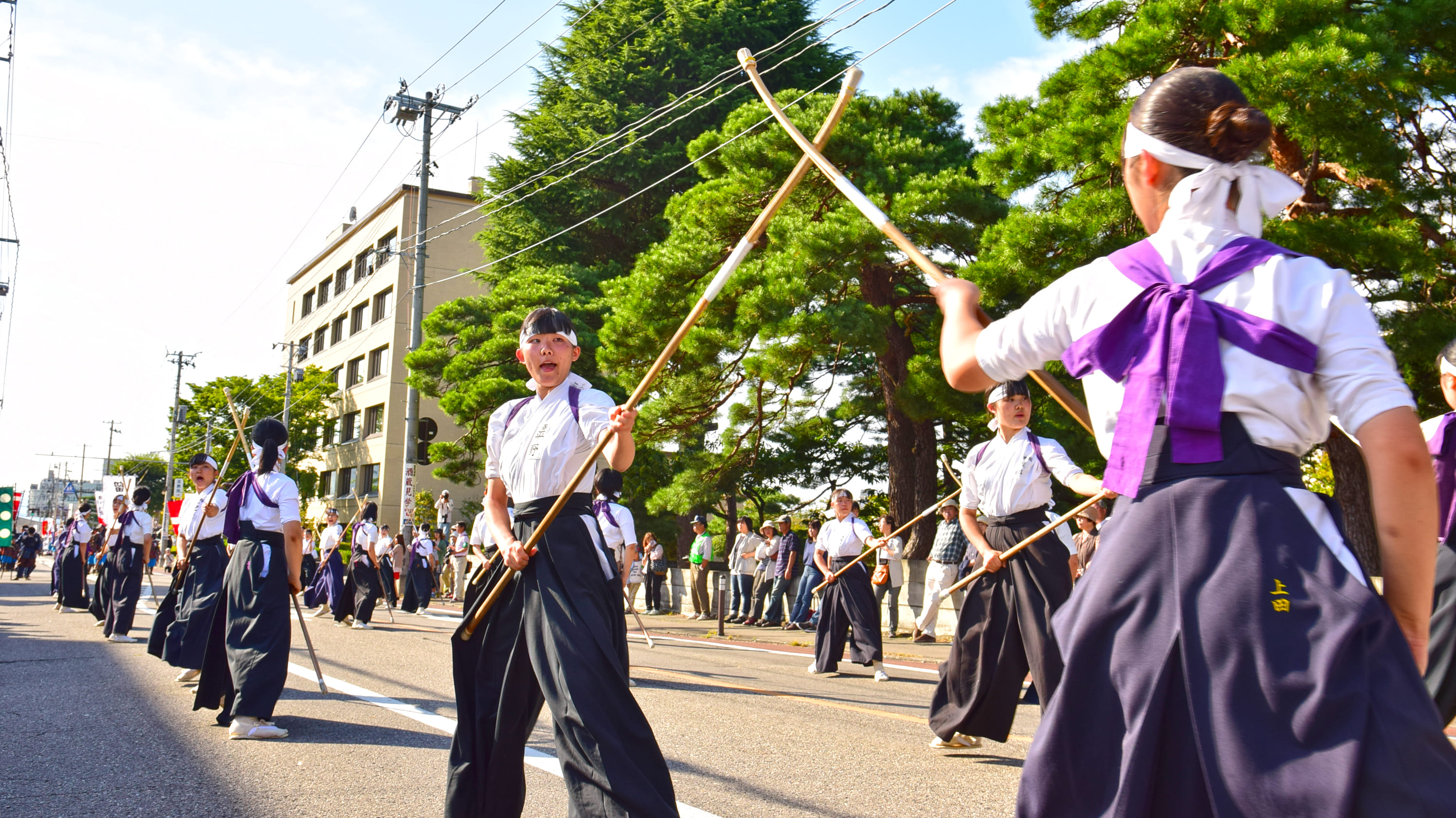2023.04.20 Women in the Boshin War

The samurai age was male-dominated, but the fighting spirit of the Aizu domain was not limited to men. Many daughters of the Aizu samurai were trained in the use of the naginata (a sword consisting of a metal pole with a curved blade on the end). There are few historical accounts about Aizu women but some famous figures emerged during the Boshin War (1968–1869), including Niijima Yae and Nakano Takeko.
Niijima Yae (1845–1932), also known as Yamamoto Yaeko, learned marksmanship from her father, a gunnery instructor of the Aizu domain. Yae helped to defend Tsuruga Castle from the imperial forces with her gun in the Battle of Aizu (October–November, 1868)—a feat few women were given the chance to accomplish. She earned government recognition for her efforts as a nurse during the First Sino–Japanese War (1884–1885) and the Russo–Japanese War (1904–1905). She also co-founded the Doshisha Girls’ School in Kyoto, the predecessor of the current Doshisha Women’s College of Liberal Arts.
Nakano Takeko (1847–1868), a contemporary of Niijima, also fought in the Battle of Aizu. Armed with a naginata, Takeko led an independent army of women, including her mother and sister, as Aizu officials would not permit females to join their army. She is credited with killing a number of the enemy before being fatally wounded. Her unit was retroactively named the Joshitai (Women’s Army).
Visitors to Aizu-Wakamatsu can learn more about the women of Aizu at the Aizu Bukeyashiki (Samurai Museum), the former home of the Saigo family.

This English-language text was created by the Japan Tourism Agency.